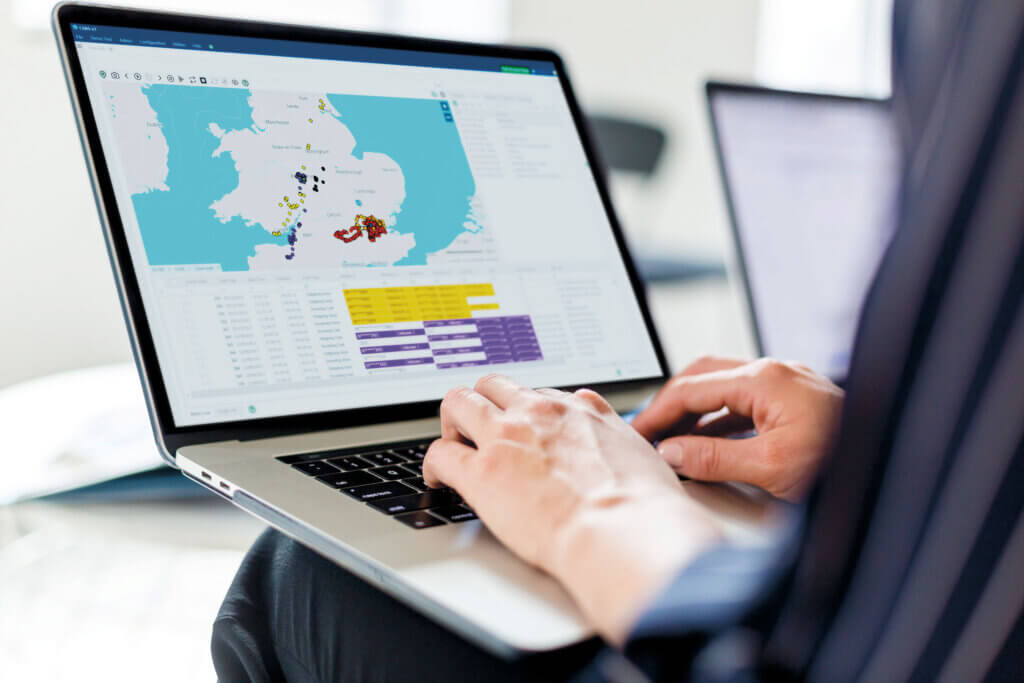In recent years there has been a transformation in the approach of officers and analysts to the job of investigating a wide range of crime types, and commensurate increases in success rates and efficiency. What has driven this change is the recognition that all crime has a digital footprint; seeking out the “digital witness” present at the scene is becoming standard practice. Phone handset downloads, ANPR readouts, cell site data and many more data sources are providing objective information, corroborating witness accounts and adding insights to cases.
It is only right that the digital first approach becomes more commonplace, especially with respect to the most serious and urgent issues of the day. Amongst the highest priorities for policing at present is the drive to improve the statistics around Violence Against Women and Girls (VAWG), which represents around 20% of all recorded crime. In this sector, the digital footprint is particularly evident; for example the domestic abuse charity Refuge tell us that there has been a 366% rise in tech-facilitated abuse since 2019, and 72% of all domestic abuse is tech enabled.
Operation Atlas at the Metropolitan Police have been focussing on the digital aspects of stalking and harassment cases and using our industry leading CSAS software, with tremendous results. 83% of stalking offenders are now being dealt with in police detention and 80% of cases in Operation Atlas led to a charges or other successful disposal decision. This is a significant improvement on the 6% national charging average for this offence. Efficiency has also improved: cases that used to wait 15 weeks for a decision of “no further action” are now being solved and offenders charged within 24 hours.
We are seeing improvements in many other crime and incident types where the digital first approach is being employed, for example:
- County Lines investigations are charging more offenders than ever before and safeguarding increasing numbers of vulnerable young people.
- Missing Persons investigations are being resolved sooner, and lives are being saved.
- Operations against the counterfeit goods trade are seizing thousands of tonnes of illegally produced goods and hundreds of thousands of pounds in cash.
With such marked increases in the use of digital evidence in prosecutions, users of our tools and services have been working on developing their capabilities in disclosure of digital records and exhibits based on those records. With this in mind, our team of experts have compiled a handbook for customers, designed to provide them with the guidance they need to prepare their evidence for the courtroom. Our “Evidential Wording and Guidance” Handbook provides the reader with a wealth of advice and detail on a range of topics.
The document first covers recommendations on wording to use when producing exhibits using our CSAS software, then goes into detail on how to account for experience, skills and training in a statement before providing advice on explaining how mapping and analytics products have been prepared and should be understood. In addition, identifiers associated with telecommunications are discussed, and further advice provided on how to use them in evidence.
The handbook continues with input on the job of producing attribution evidence and drug line valuation calculations, as well as sections on the admissibility of evidence and relevant case law. Insightful and detailed discussions of the relevance of R V Calland (2017), R v Turner (2020) and R V Akrofi-Daniels (2022) provide the reader with the information they need to proceed with confidence.
You can access the handbook in our customer portal, which all Forensic Analytics customers and CSAS users have access to. Click here to access the Portal and find your copy in the Downloads section




